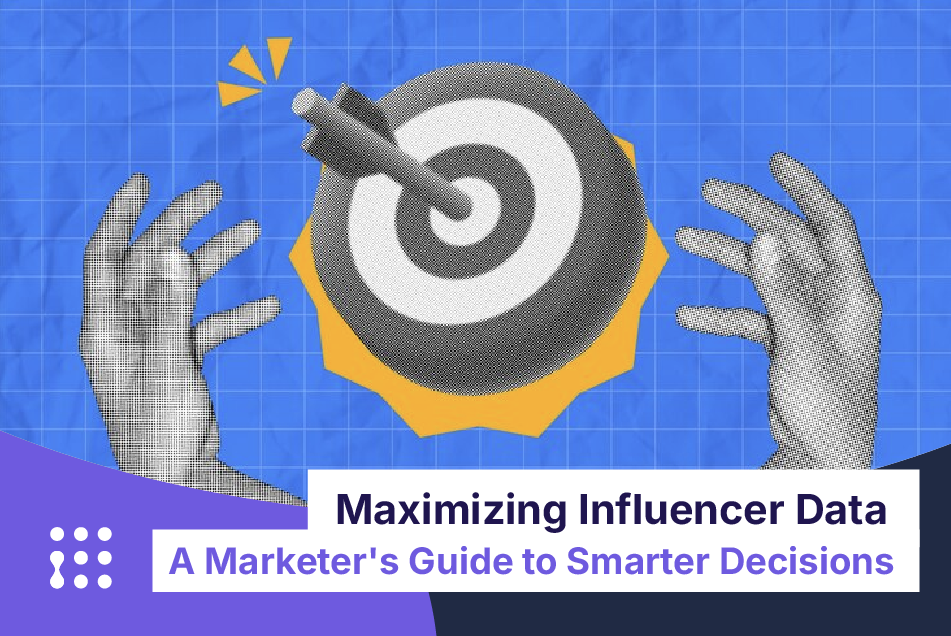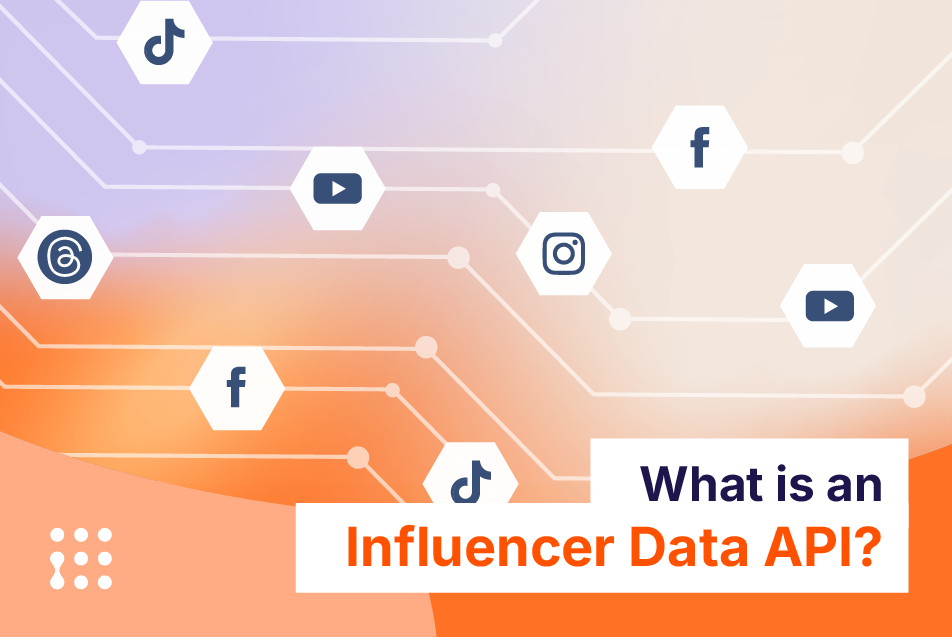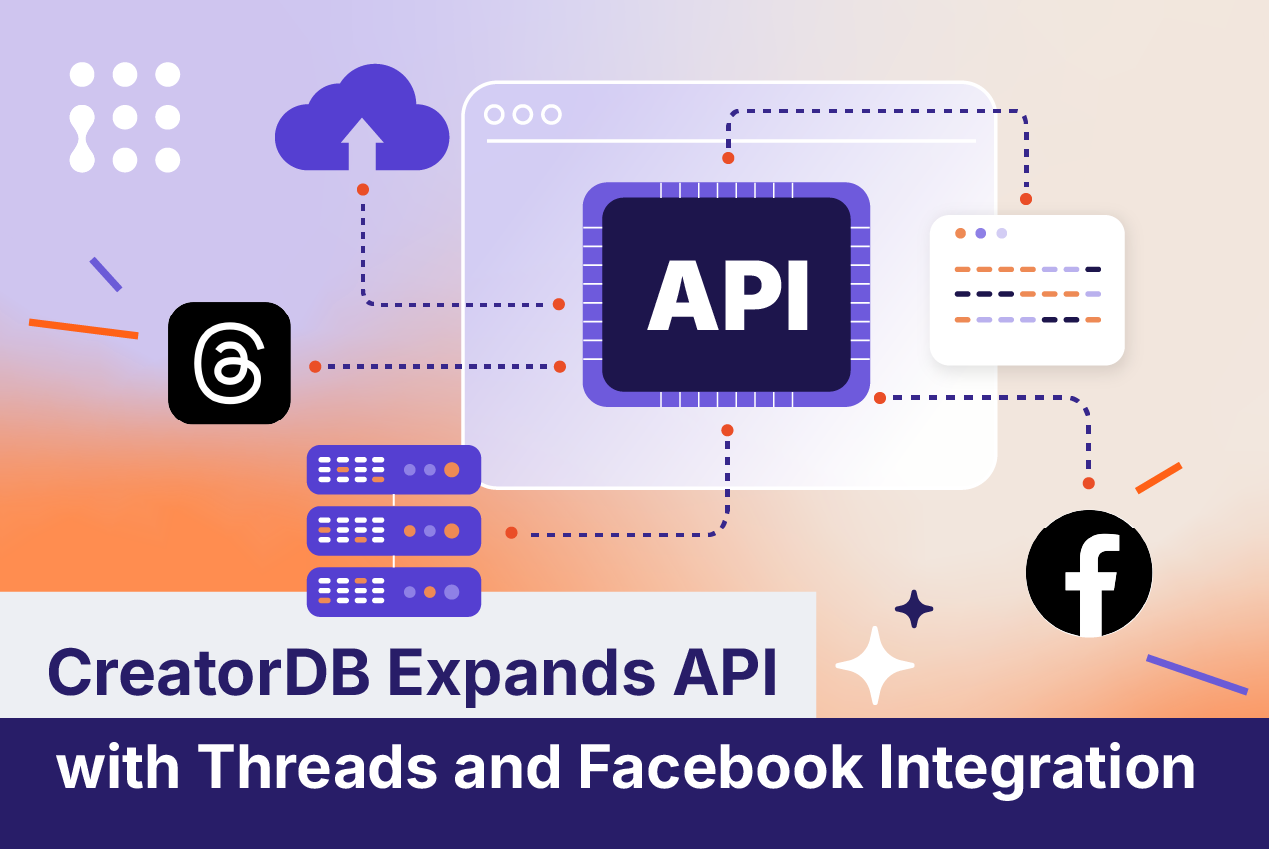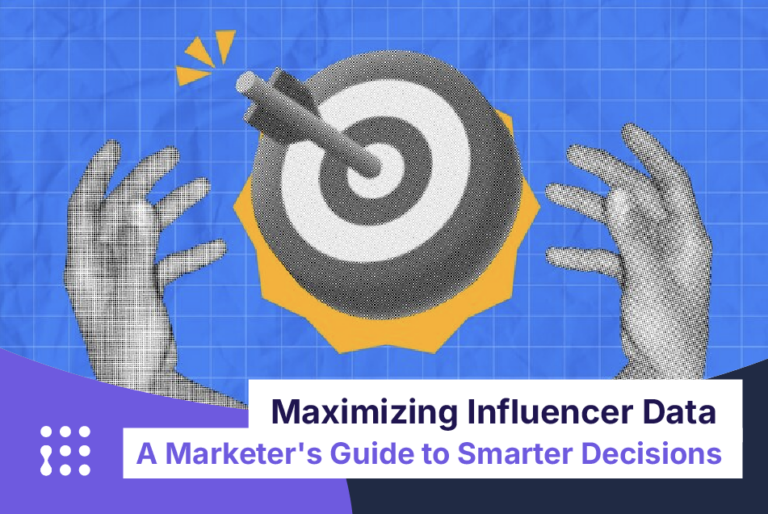Influencer Data APIs, or Influencer Marketing APIs, are powerful tools for developers to access and interact with extensive databases in the Creator Economy. These databases provide a wide range of data points, catering to diverse needs, and serve as the backbone of custom projects revolving around social media and influencers.
By leveraging APIs, researchers, analysts, and marketers can obtain instant access to essential data, enabling informed decisions and in-depth analysis. Unlike third-party platforms, APIs allow better integration, data manipulation, and project scalability, making them essential for projects that demand flexibility and precision.
API Definition and Core Functionality
Application Programming Interfaces (APIs) facilitate communication between programs and computers, enabling them to interact without manual intervention. While the concept originated in the 1940s, APIs have become fundamental to nearly every modern application, both software and hardware.
APIs facilitate interactions in various ways: when code accesses a software library, it uses an API; when you run an application on your computer, it communicates with the operating system through an API. Even your weather app relies on an API to retrieve data from a database and update forecasts in real time.
Despite the diverse uses of APIs, their underlying structure is similar: a client sends a request, and a server provides a response. APIs can be categorized into three main types based on accessibility:
- Private APIs: Designed exclusively for internal use, unavailable to external users.
- Partner APIs: Restricted access for specific users, often under agreement or partnership.
- Public APIs: Available to anyone, either free or requiring an authentication key for access.
How do Influencer Data APIs work?
Influencer marketing APIs provide brands and businesses with seamless access to influencer data, enabling smarter decision-making. These APIs function as a bridge between the client (who requests data) and the server (which provides it), offering a structured way to retrieve valuable insights.
API Requests
Users interact with an API by making requests or calls. An API request is a message sent to a server asking to answer with a service or information. API requests are often composed by:
- The API key making the request
- The Endpoint to which is made the request
- The request method to let the server know what is expected to do
- Additional information, if necessary
API Key
An API key is an alphanumerical string that identifies the user. It works like a password, and thanks to it, the API provider can keep track of usage, credit balances, and more.
Endpoint
API endpoints are URLs that serve as connection points between services, directing API calls to the right resources.
Request Method
Most Influencer Marketing APIs follow the RESTful approach, a widely used web API protocol that communicates via HTTP and operates through 4 key functions:
- GET: to retrieve data from the server
- POST: to create new data on the server
- PUT: to update existing data on the server
- DELETE: to remove data from the server
How to Use an Influencer Data API: 3 Popular Use Cases
Influencer marketing APIs offer powerful opportunities for people interested in influencer data and the creator economy, including but not limited to businesses, researchers, and marketers. While the possibilities are extensive, below are 3 primary use cases.
1. Market Research in the Creator Economy
For researchers and analysts, it is important to keep an eye on trends across individual creators, content categories, and the broader creator economy. With an influencer marketing API, customized and in-depth analysis is enabled with (almost) real-time and structured data.
2. Influencer Discovery and Vetting
Marketers can leverage an API to evaluate influencers using custom scoring & evaluation models, rather than relying on one-size-fits-all platform metrics. This level of flexibility allows teams to define their own criteria for assessing creator fit, ensuring data-driven and highly tailored selection processes.
3. Performance Tracking and Reporting
Tracking the success of influencer campaigns is crucial, and APIs provide a highly customizable approach to performance monitoring. Unlike generic tracking tools, an API enables marketers to concentrate on the metrics that align with their specific goals. It also allows them to integrate multiple data sources, creating a more comprehensive and insightful analysis. Additionally, with the flexibility of an API, campaign tracking extends beyond social media, offering a clearer view of the overall impact.
How to Choose the Right Influencer Marketing API
With multiple influencer marketing APIs available, finding the right one requires careful evaluation to ensure it meets your needs while remaining stable and sustainable.
Data Reliability and Integration
Since APIs serve as a gateway to data, reliability is extremely important. The data should be accurate, with correctly calculated metrics and stable API endpoints to prevent disruptions. Frequent changes in endpoints can lead to inconsistencies, affecting data retrieval and integration.
Another critical factor is the API protocol. REST is widely adopted and compatible with most services and programming languages, making integration smoother. In contrast, niche protocols may pose compatibility challenges and require additional development efforts.
Pricing Models
Understanding data consumption helps determine which pricing model makes the most financial sense. Influencer marketing APIs typically follow two pricing models:
- Subscription-based: A fixed monthly fee is charged, regardless of usage.
- Usage-based: Costs vary based on the number of API calls, often measured in credits, meaning you pay only for what you use.
For projects requiring extensive data access, a subscription model may be more cost-effective. Many API providers also offer custom pricing for large-scale or long-term partnerships.
Support and Documentation
Even the most well-designed APIs can present challenges, making strong customer support and clear documentation essential. A reliable API provider offers comprehensive documentation that facilitates seamless integration while also providing responsive support for troubleshooting and unexpected issues. Ensuring access to both resources will save time and minimize setbacks in API implementation.
Conclusion
Influencer data APIs play a crucial role in the creator economy. They provide real-time data that powers applications, services, and strategic decisions. Marketers can optimize their campaigns, while entrepreneurs can find new opportunities by leveraging influencer insights. Despite their technical nature, these APIs offer great value and shouldn’t be overlooked. Whether you’re building a new product or integrating data-driven solutions, influencer marketing APIs serve as the foundation for innovation and growth.








